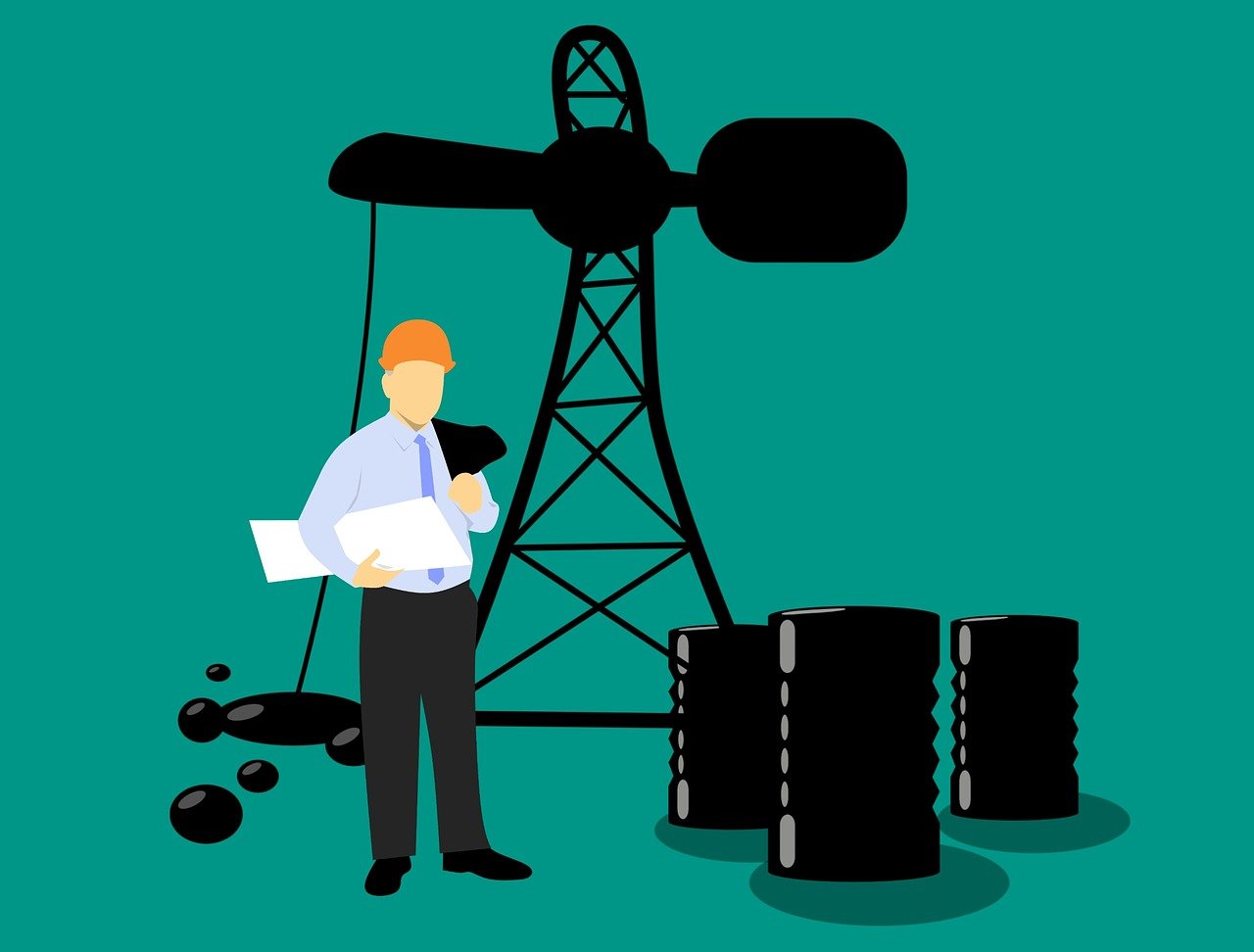To run a business, safety and health are essential. They’re constantly monitoring industry trends and OSHA laws to ensure that their employees’ workplaces are safe and healthy. Health and Safety Managers are typically in charge of all of the tasks above. Still, another EHS level is also tasked with ensuring that health and safety are continually improved and developed: Safety Engineers.
Table of Contents
Engineering For Safety: What Is It?
While safety managers are responsible for enforcing day-to-day safety practices, training, and preventative efforts, safety engineers are responsible for designing the systems, technologies, environments, and procedures that enable safety managers to accomplish their duties.
By bridging the gap between safety leaders, R&D, and engineering, they help each area flourish.
It’s a demanding and time-consuming job that requires knowledge from many different fields. Understanding how a proposed procedure will affect other areas of operation, structural components, and workers is not simply a question of knowing how it will operate. Successful safety engineering requires a lot of data gathering, investigation, and analysis.
When a catastrophe or event occurs, safety engineers are generally the first responders. An accident or injury on the work might lead to a need for a safety engineer, who is tasked with looking into the matter and ensuring it doesn’t happen again.
The usefulness of safety engineers should be recognised before an accident occurs so that risk may be mitigated and concerns can be fixed before they become serious.
Safety Engineering In The Workplace: Advantages
Your company’s EHS department may benefit significantly from having a safety engineer on staff. Controlling risk is their primary objective, and they can do this better than safety leaders and managers can. They have a broader perspective on systems and operations because they evaluate the “big picture” before executing their ideas and look at components more profoundly.
Engineers with a background in safety engineering also use engineering concepts to establish a safe working environment. They are well-versed in physics, mathematics, and system design, enabling them to create systems that operate even when other components fail.
Choosing A Safety Engineer: What To Look For
Those wishing to work on more sophisticated projects or design systems may need a Master’s degree.
The Following Should Be Added To Your Skill Set As Well:
Exceptional communication and responsiveness, computer skills, teamwork, accuracy, and knowledge of compliance standards, personal protective equipment, and training needs; and a strong willingness to work with and enhance the current safety systems.
The American Society of Safety Engineers (ASSE) and the Safety and Health Institute (SHAI) are highly regarded organizations that provide further professional development courses for safety engineers.
Wrapping Up
A safety engineer or team of safety engineers may make sense in specific situations. Companies with more resources and greater exposure to risk may want to explore hiring safety engineers on a full-time basis.
Additionally, you may contract out your safety engineering work to an organization that specializes in it. It is possible to hire a safety engineer to do a complete examination every year (or more often, if required). They may engage with your safety managers to gather and evaluate data and propose changes without the ongoing costs of a full-time employee. Of course, this means you won’t always have an engineer on hand, but you’ll have access to a broader range of people that can help you improve your safety department.
